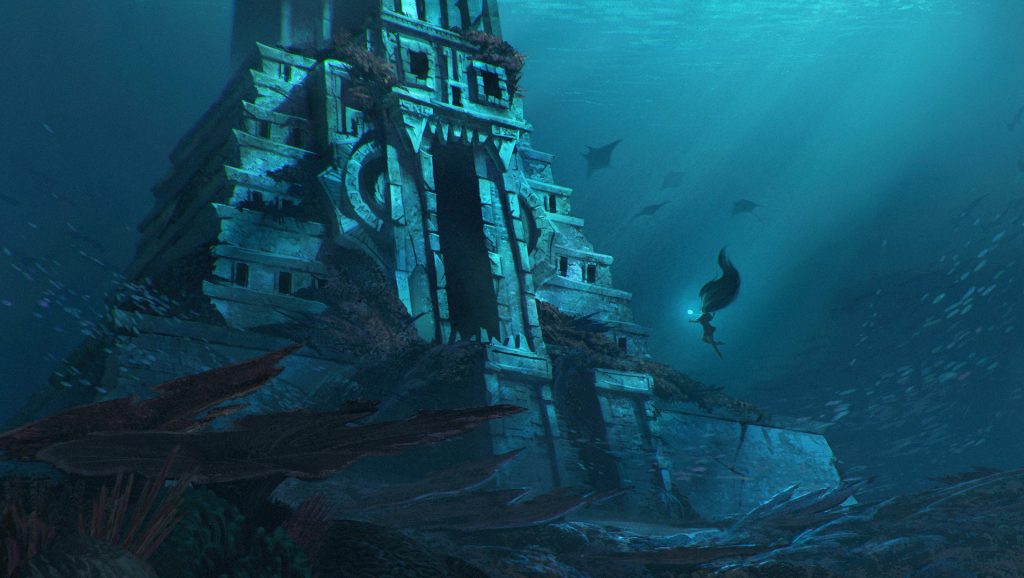Learn more about these monuments
Our driver, Nikos, turns up precisely on time Tuesday morning. He patiently answers my questions about who sent him and our arrangements (c’mon – surely it isn’t a bad idea to make sure he’s the right guy before we all get in a car with him. Didn’t you see “Taken”?) We stow our stuff in the back and pile in, headed for Marathon. Margy and I are excited. Bern, I quip, has already been there…

We go first to the Tumulus of the Athenians – a mass grave for the 192 soldiers who died in the several-hour battle which helped determine the fate of the free world. Marathon proved that elections could result in good leaders – the elected leaders won freedom for Greece rather than Persian servitude. Persian slavery would have cut off the burgeoning democracy before the idea could take root, changing western history completely. We walk the path around the unassuming hillock, feeling the history and the impact.
Bernie points out the green border fence and tells us that the marathon route carried them along its perimeter. As we leave, we see the blue line painted on the road. Niko does not quite follow it – but does lead us back to the stadium where the race began. Bernie tells us about his Sunday morning, and shows us the spot where his corral for the race lined up.

First though, Nikos takes us to the beach. We look down the coast of Marathon, imagining the 600 Persian ships landed there. Nikos hands me a small rock – from the beach of Marathon – and tells me to take it with me. It is beautiful – reminiscent of the marble I have seen everywhere.
When we leave, we turn toward Thermopylae (“THER-mo-PEEL-ay,” we are taught to say): from the battlefield that decided the first Greco-Persian War, to the one that defined the Second. The war may have been won at Salamis, but here is the place that we remember. The brave stand of the 300 (and the 700 Thespians, and a few thousand others, but you know…details). Too late for lunch, too early for dinner, we stop for a snack at a café along the road.
The museum at Thermopylae is very structured – we watch a film, and are then ushered into a second room, where the movie is in 3D. Since I don’t see 3D, these things make my head hurt. I turn a chair around and sit with my back to the screen (at first, I didn’t – but kept glancing up at the screen, and finally had to turn my back so I would not give myself double vision). Honestly – second film, not all that, and my companions tell me they didn’t do anything special with the 3D, so there wasn’t much point in doing it that way – other than to torment me, I guess. The third room is a series of interactive touch-tables that lead you through the history of the wars, and basically explain why you should care that you are here, other than ‘you really liked 300’ (whose filmmakers were candid that when they had to choose between history and drama, they went for drama every time. They captured the spirit of Sparta though, it seems. When I got home, the movie I put in to watch while typing this up was The 300 Spartans, a version of the story filmed just before I was born).
Outside, we visited the monument to Leonidas. He is flanked by two figures representing the mountains and the rivers – perhaps a nod to the Persian demand for ‘earth and water’ (territory), which the Spartans refused. The pillar on which he stands is inscribed “Molon Lave” (“MO-luhn LAH-vay”) – a motto still used by the Greek Army today. When the Persians demanded that the Spartans lay down their weapons, those words were their response: “Come and take them.”
Across the road, we climb the small hill to the stone plaque commemorating the Spartans who chose to stay and die for Greece. We take a moment to remember their courage and sacrifice. I look about for a small rock to pair with the one from Marathon – and then step back, letting Bernie pick one instead. I am tempted to wipe it clean – and then decide to leave the earth of Thermopylae on it.
The plaque looks different from the one pictured in my movie. Nikos tells us the earlier one was stolen. The new one is built of a special Spartan stone. It is inscribed with a saying that has become well known:
Ω ξείν αγγέλλειν Λακεδαιμονίοις, ότι τήδε κείμεθα,
τοις κείνων ρήμασι πειθόμενοι
“Stranger tell the Lacedaemonians [Spartans], that we lie here,
obedient to their laws [commands]”.

Thermopylae – the hot gates. At the base of the hill lie the remains of a Roman bath built here on the hot springs that gave the narrow pass its name. Tiny streams and pools emit steam in the warm air as we drive away toward the mountains.
Tomorrow we will visit the ancient temple of Delphi. Most tourists stay in the town of Delphi, but Nikos is taking us to Arachova, a ski village nearby, built on the steep slopes of Mount Parnassus. On these slopes lived the Pegasus, and Deucalion’s ‘ark’ came to rest…


